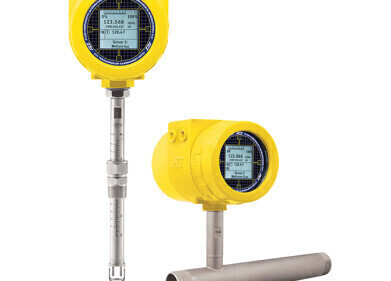Flow Level Pressure
How are US Drillers Thwarting OPEC?
Apr 30 2017
OPEC may have done its best to drain the global crude glut, but that hasn’t stopped US drillers from arming themselves against falling oil prices. When the market recovered late last year, American companies rushed to lock in higher prices for future deliveries of oil. Now, consultancy group Wood Mackenzie is claiming that this ‘insurance’ will keep oil flowing from US fields well into 2017, even if prices start to drop. According to analysts, it’s yet another sign that American drillers are doing everything they can to thwart OPEC attempts to coordinate production cuts, and reduce the global surplus.
"This is looking like a complete backfiring on OPEC and what they were trying to do," comments John Kilduff, founding partner at energy hedge fund Again Capital.
Production cut bolsters US market
So what does the current market look like? Late last year oil prices rebounded above US$50 a barrel. The recovery was triggered by a pact that saw major oil producing nations agree to cut combined output by 1.8 million barrels a day for the first half of 2017.
Oil prices may have rallied, but the move also bolstered the American market. US oil became more profitable, and opportunities opened up to hedge production. Unsurprisingly, producers did just this. Currently, 33 of America’s largest oil producers have hedged around 648,000 barrels a day of their output since the fourth quarter of 2016. Now, it’s paying off…
By hedging oil at a higher price, US producers have been able to stay afloat during the OPEC embargo. Mass hedging has also allowed drillers to fund new exploration projects, without overborrowing. This has helped them meet output targets and remain competitive, despite the fact that oil prices have dipped back to below US$50 a barrel.
"The key message ... is the producers can stick to the plans they originally set out for 2017," explains Andy McConn, a research analyst at Wood Mackenzie.
The limits of hedging
Of course, hedging isn’t a permanent cure. It does have its limits, with McConn warning that hedging isn’t a long-term solution. Weaker oil prices will eventually catch up with producers, who will have fewer opportunities to hedge production for 2018. Ideally, oil prices need to creep above US$55 a barrel or higher in order for American companies to increase production next year.
"We think this same group of producers would be amendable to adding hedges" if the market provides the opportunity to lock in prices at $55 or $60 a barrel, McConn said.
Given the volatile state of the market, producers are continually on the search for new ways to save. Want to know more? In ‘NEL Helps Oil & Gas Industry Reduce Financial Burden of Heavy Oil Measurement’ flow management engineer Craig Marshall offers expert commentary on the latest real-time measurement method for Reynolds number.
Digital Edition
PIN 25.1 Feb/March
March 2024
In This Edition Safety - The technology behind the ION Science Tiger XT - Safety with ammonia and LOHCs as hydrogen carriers Analytical Instrumentation - Discussion on new tribology te...
View all digital editions
Events
Apr 28 2024 Montreal, Quebec, Canada
Apr 30 2024 Birmingham, UK
May 03 2024 Seoul, South Korea
May 05 2024 Seville, Spain
May 06 2024 Riyadh, Saudi Arabia


















